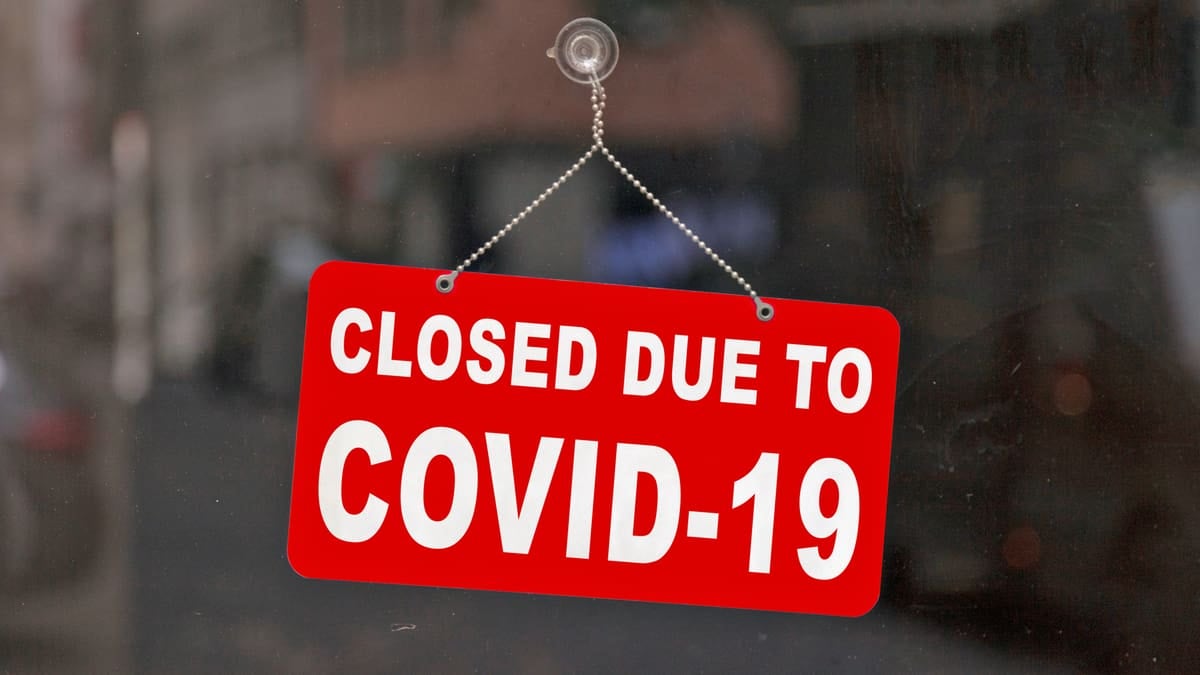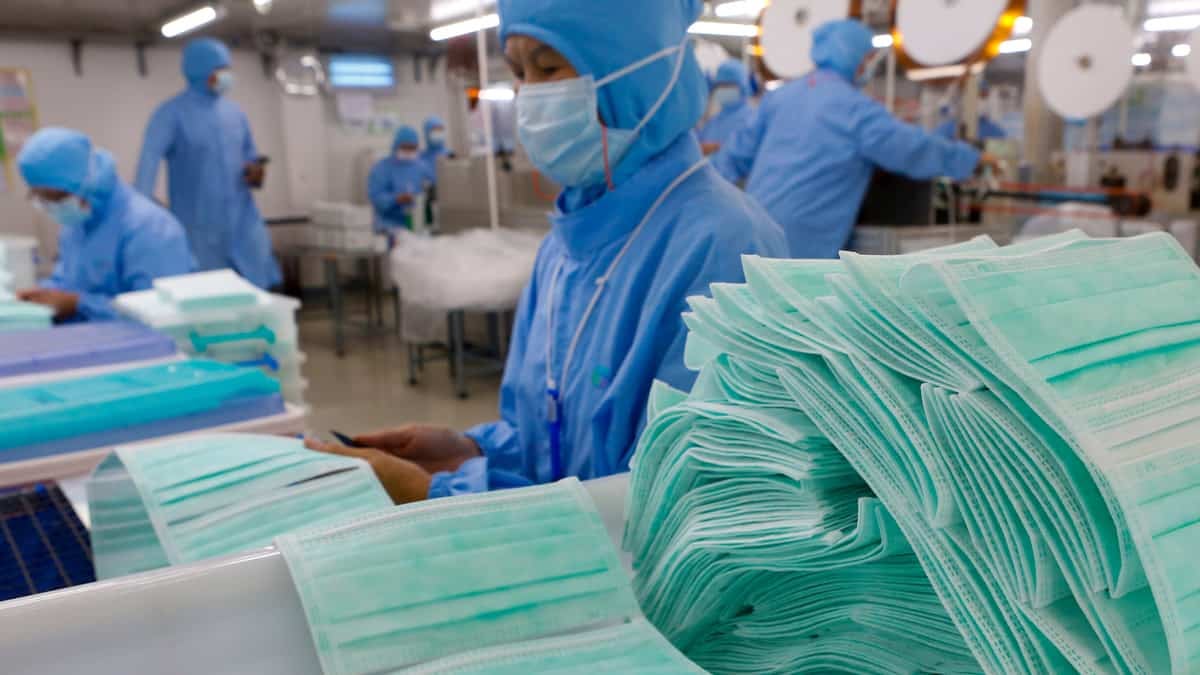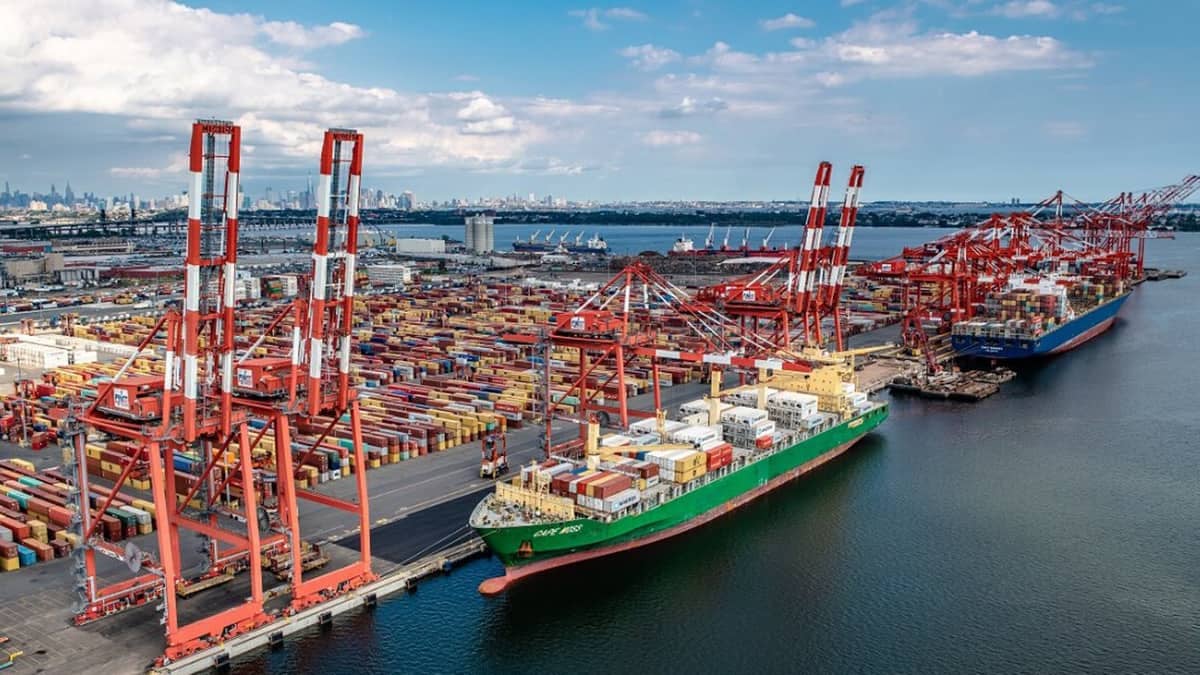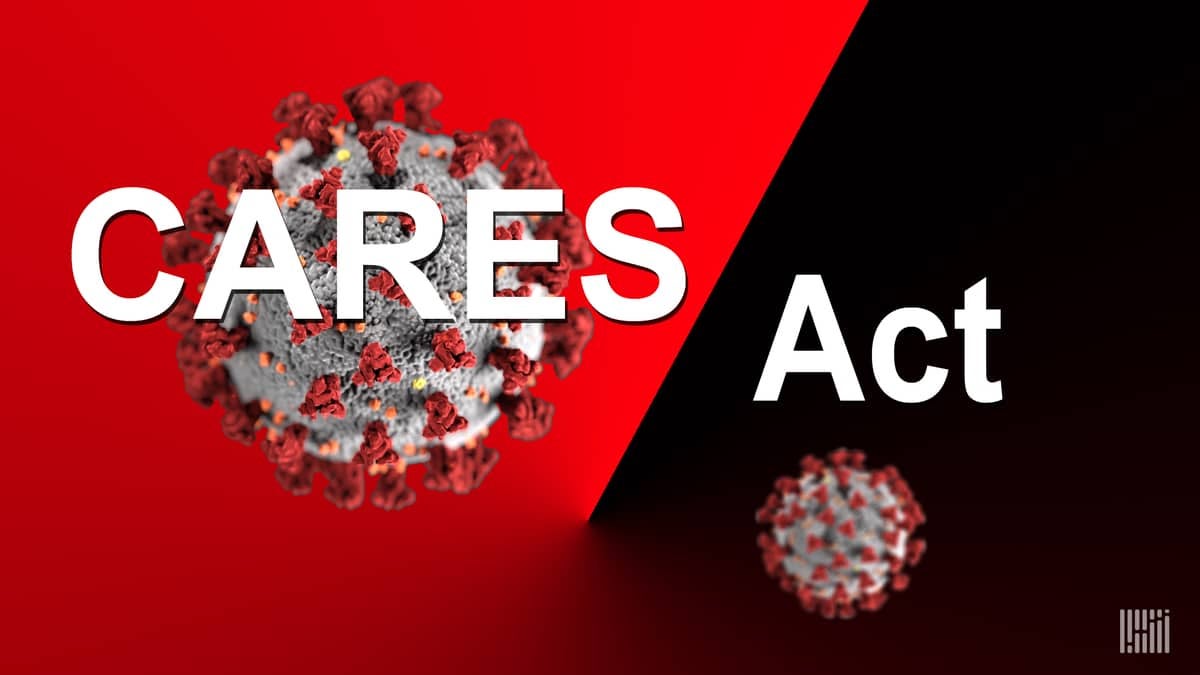The views expressed here are solely those of the author and do not necessarily represent the views of FreightWaves or its affiliates.
Is the time approaching to re-open the U.S. economy? Of course, it was never really fully closed to begin with. Essential workers are still on the job, restaurants are offering pick-up and drive-through options and seniors are able to shop for their groceries before younger folks. Amazon Prime is keeping up with e-commerce deliveries and Instacart allows many homebound people to outsource their grocery shopping to gig workers. Financial markets are still trading.
Under the terms of the Defense Production Act of 1950, some manufacturers have been re-tasked to make medical supplies and some alcohol distilleries are producing hand sanitizer. Happily, despite the re-tasking, these companies are still paying their workers who are on the job. But much of the U.S. economy has, in effect, closed down or slowed to a crawl. From Boeing facing order cancellations to local fitness centers and barber shops closed down due to an inability to guarantee social distancing, it will take some time for these businesses to gear up despite $2 trillion worth of “helicopter money” doled out via the Coronavirus Aid, Relief and Economic Security (CARES) Act (signed into law on March 27, 2020).

President Trump speculated on April 14, 2020 that the “re-opening” might begin on or before May 1. Even governors in states hit hard by COVID-19 are looking ahead. The day before the president’s announcement, governors from the Northeast and the West Coast released their own statements. The Northeast regional group includes Connecticut, Delaware, Massachusetts, New Jersey, New York, Pennsylvania and Rhode Island. Each governor’s chief of staff is to develop a regional framework to “gradually lift the states’ stay-at-home orders while minimizing the risk of increased spread of the virus,” according to New York Governor Andrew Cuomo.
On the West Coast, the governors of California, Oregon and Washington are each “building a state-specific plan” to reopen their respective economies, according to California Governor Gavin Newsom. Obviously, the trend line in new COVID-19 cases and deaths will play a role in each state’s decision. How each state deals with testing workers returning to their jobs will be important as well.
There is certainly a lot to coordinate here. After all, every organization has a supply chain. The only organization that does not would be one with all of its suppliers, production facilities and customers in one location. This, of course, is a fantasy. But what is not a fantasy is that all supply chains in the United States are crossing over a patchwork of cities, counties, states, etc. with their own definitions of essential workers and criteria for shutdowns and sheltering in place.

Effective supply chain management requires trust among partner organizations. Trust is a matter of intent. From there comes a willingness to cooperate. Of course, beyond intent and willingness comes action that turns these good intentions into actual gains. What is this action? It is called coordination. Without solid coordination plans in place, cooperation, despite the best of intentions, will not lead anywhere. Transportation professionals know this all too well. They are agents for consignors who have agreed to coordinate the process of buying transportation services. Whether the consignor is the buyer or the seller of the item to be shipped, one of them needs to take care of this for the benefit of both. For-hire carriers wait for the consignors to approach them with an offer to tender freight and then sign the bill of lading.
Coordination is the real challenge as the U.S. economy starts to return to a normal business routine. It may be allowed to re-open in different jurisdictions at different times. There may be some supply chain partners who are ordering faster or slower than their upstream vendors can deal with. On the other hand, vendors may deliver while buyers are not willing or able to take possession. This is a coordination problem, pure and simple.
The Port Authority of New York and New Jersey (PANYNJ) recently estimated that their ports will have access to enough warehouse capacity to handle the expected increase in imports from Asia over April and May. Typically, China alone accounts for about 30% of the import volume into these ports. It remains to be seen how big the increase will be and how it is timed.
Furthermore, when the containers and bulk contents arrive at the ports, will they be picked up in a timely manner by the inland importers? Only if they have enough of their own warehouse space. The importers may be content with container demurrage fees rather than deal with storage costs on their end. Last month the container alliances made large cuts to their sail schedules (known as blank sails). These blank sails affected about 30% of typical PANYNJ arrivals during that month. So, it is no surprise that there is excess capacity at nearby warehouses right now.

In the motor carrier sector there is plenty of carrying capacity available but bottlenecks are arising in the transport of items deemed essential because carrier arrival times and load/unload times are not well coordinated. Of course, drivers and/or dock workers falling ill or self-quarantining after suspected exposure to COVID-19 is a fact of life that requires a lot of flexibility from both sides. Despite the relaxed hours-of-service (HOS) regulations, when a truck is detained while awaiting access to the loading dock and subsequent load/unload by dock workers, the driver’s workday becomes less productive and, by extension, so does customer fulfilment.
Governments at the federal and state levels orchestrated this economic shutdown and now they must orchestrate a timeline for re-opening. On the one hand, it is not clear that the president’s Article II powers under the Constitution can supersede those of governors in state affairs. On the other hand, the Commerce Clause (Art. I, Sec. 8, Cl. 3) gives the U.S. Congress the right to regulate interstate commerce. The president, of course, has the right to enforce the Interstate Commerce Act (1887). At this time, however, it appears that the White House is acquiescing to the governors, given that they are closer to the needs of their populaces. This is reasonable coordination.
Lack of coordination, however, can be seen in the legislative branch where the brinkmanship of the Republicans and Democrats led to the draining of the nearly $350 billion set aside for small businesses under the Paycheck Protection Program (PPP). This program gives firms with less than 500 employees access to forgivable loans so long as they continue to pay their furloughed workers. To date, about 1.6 million loans were issued. Of course, both sides of the aisle want to cooperate and provide more PPP funds; but they want to coordinate the dispersal of funds in different ways.

Coordination problems are easier to overcome when there is a rule or social convention that all parties know and follow. For example, if two cars are oncoming along a narrow road, each will swerve to the curb on their right (in the U.S.) or on their left (in the U.K.) and avoid a collision. Game theorists call this a stable result so long as the rule/convention is common knowledge among the players. The president and the governors are apparently better at coordinating because of the rules of the U.S. Constitution. Legislators, without such rules in place, are left to negotiate and play politics, which always takes more time and ends up with results that are harder to predict. This is like the drivers of the two cars knowing that one is from the U.S. and the other is from the U.K. Both want to swerve but whose rule should adapt to whom? The result is not stable, especially if the political brinkmanship leads to the perverse result of agreeing not to cooperate at all and just letting the voters decide who was right in allowing the legislation to die.
Businesses and their supply chain partners are under enough strain right now without levels of government demonstrating that they themselves cannot coordinate effectively. In the meantime, one should not expect a grand re-opening with fanfare but something much more sedate.







